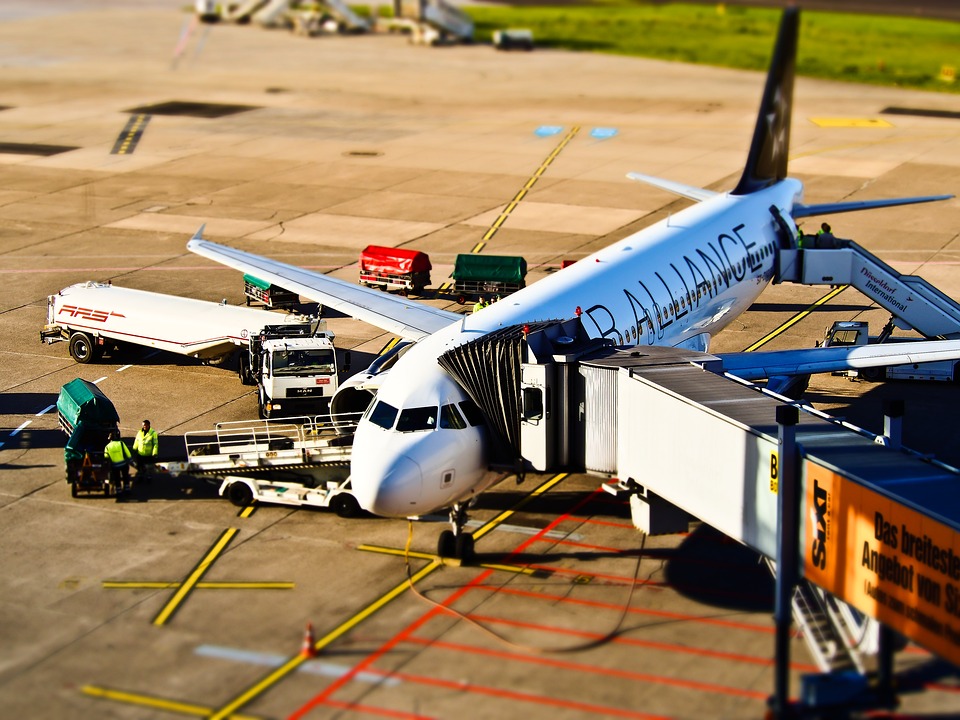What Is the Reason Businessmen Keep Lining up to Start Airline Business Models?
Businessmen are human and this is nowhere more evident than in their desire to take a skydive into the airline business. Attractive as it has been in the last 100 or so years since it started, many a rich individual have wanted to own the mega birds in the air. It, sort of satisfies their ego to know that they can own an airline. Their ego gets further pumped up by advisors and consultants who convince them that their airline business would reap profits that would fall on them like raindrops from the sky.
Facts on the ground however, point exactly in the opposite direction. Airlines are the hardest to run businesses especially for startups. Even older and established airlines are having a tough time filling their aircraft seats and even if they manage to do so, it is in part, thanks to the Revenue Management System which keeps changing the airfare with reference to breakeven targets and competition pricing. As a result, we notice that during the 2000s an average operating airline generated an EBIT margin of not more than 0.7%. This is almost at par or even lower than EBITs of Retailer businesses which work with volumes (Stähler, 2016).
Almost all legacy airlines have had their share of trouble. Delta, Northwest and then American airlines filed for bankruptcy in 2011 (DeBord, 2011). Learning from their experience, airlines like Etihad have entered into collaboration with other airlines; in Etihad’s case it is Alitalia. There is a strong desire on part of airlines which want to survive to operate freely across borders like almost all other businesses do in order to survive. However, the governments need to rise above their stiff attitude towards national and private carriers and permit them to collaborate with each other. Moreover, the airline model needs to be studied carefully in relation to LCCs and Legacy airlines and the success or failure predictive variables need to ascertained and measured (Sveinn Vidar Gudmundsson1, 1999).
Works Cited
DeBord, M. (2011). American Airlines Goes Bankrupt: Why the Airline Business is so Bad. KPCC.
Stähler, P. (2016). The Strange Business Model of Airlines. Business Model and Innovation.
Sveinn Vidar Gudmundsson1. (1999). Airline Failure and Distress Prediction: A Comparison of Quantitative and Qualitative Models. Science Direct.
Please don’t use this paper as your own not to fail with your writing assignment. You can be accused of plagiarism and you final grade will be compromised.
